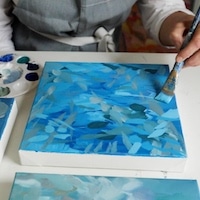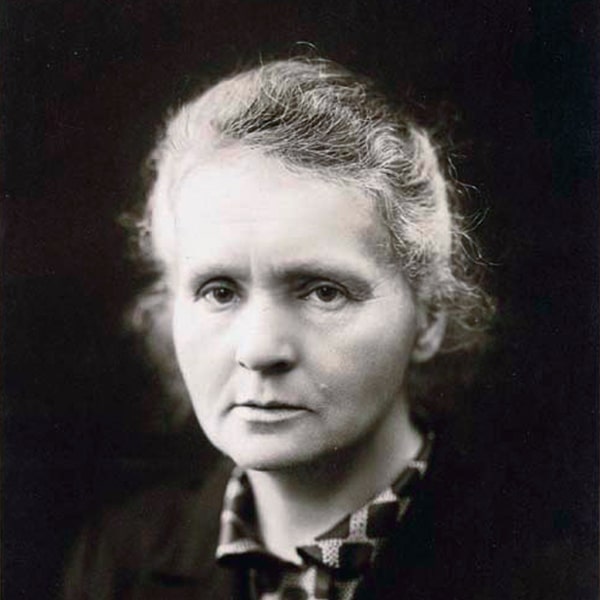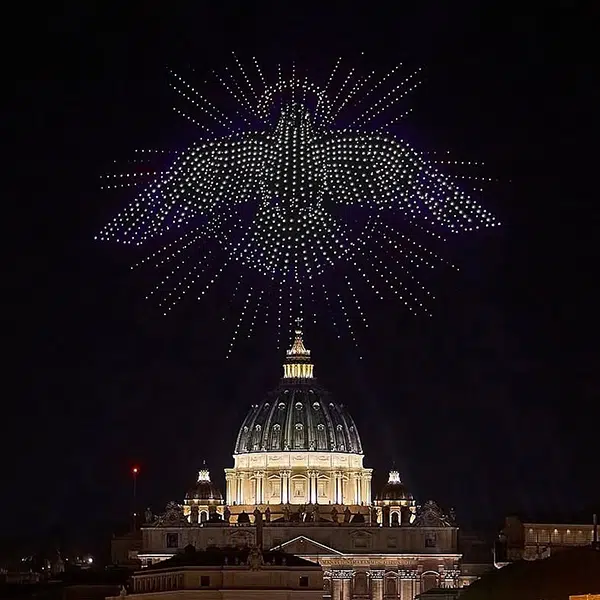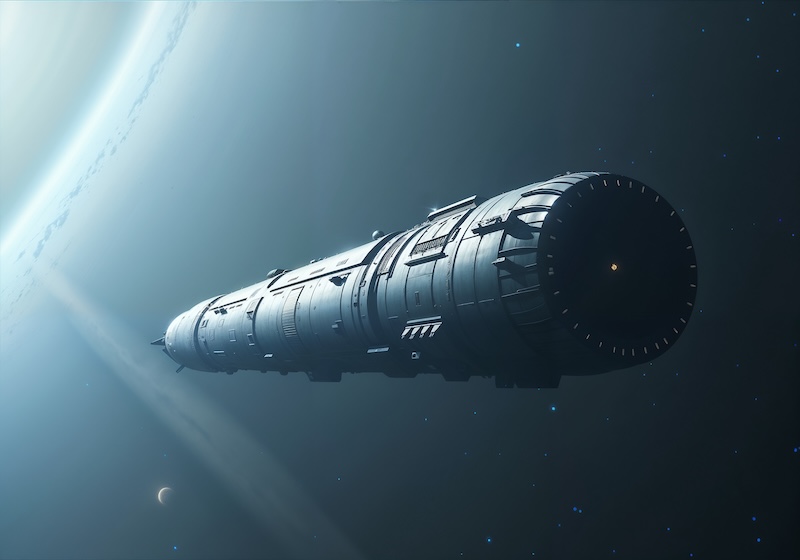
Photo: Giacomo Infelise, Veronica Magli, Guido Sbrogio', Nevenka Martinello and Federica Chiara Serpe
What would an exploratory expedition to other galaxies look like? For years, scientists have been workshopping different possibilities for deep space exploration and submitting their ideas to the Project Hyperion Design Competition. This year’s winning entry seems to have a pretty fleshed-out answer, despite still being very much a hypothetical plan.
The winning project features a spacecraft called the Chrysalis, which would measure 36 miles long. It could accommodate as many as 2,400 people on a one-way space odyssey to Proxima Centauri b, the nearest possibly viable exoplanet located in a different star system, Alpha Centauri. This system is 25 trillion miles away, and the journey to it would take around 400 years to complete.
The Chrysalis’ engineers planned the spacecraft to support multigenerational living as the population fluctuates throughout its long journey. It would mimic a nesting doll design, with facilities for living, food production, warehouse storage, and more included throughout the layers of the spacecraft. Nuclear fusion reactors would power each of these layers, and the ship would maintain artificial gravity by being in a state of constant rotation. The project’s designers estimate it would take 20 to 25 years to build.
According to the design brief, the spaceship’s core would house communication equipment, as well as the shuttle to transport the Chrysalis’ passengers to Proxima Centauri b. The next layer would be dedicated to varied forms of food production, followed by a layer for communal spaces, then a housing layer, a work/industry layer, and then a storage warehouse layer.
The design brief even features extensive preparatory plans to ensure optimal survival aboard the ship. One such measure requires initial generations to live in an isolated colony in Antarctica for 70 to 80 years before boarding the Chrysalis; this is to confirm the mental well-being of potential passengers as they prepare to spend the rest of their days aboard a spaceship. Project Chrysalis’ engineers even thought of how the spacecraft would be administered on a day-to-day basis, proposing that a group of humans aboard the ship would work with artificial intelligence to handle governance.
While Project Chrysalis is purely hypothetical, some of its design features could be helpful to scientists and engineers who are currently working on solutions to interstellar travel. Some parts of the spacecraft’s design, such as nuclear fusion reactors, don’t yet exist at the level that the project anticipates. But with each breakthrough—theoretical or actual—concepts like Chrysalis push us to bridge that gap between speculation and reality.
To learn more about Generation Spaceship Chrysalis, visit the project brief here.
A hypothetical design called Project Chrysalis proposes building a 36-mile-long spaceship to travel 25 trillion miles away to the nearest star system, Alpha Centauri.

Photo: ESA/Hubble & NASA
via Wikimedia Commons (CC BY 4.0)
The ship would follow a nesting doll design, with each layer having a designated function.
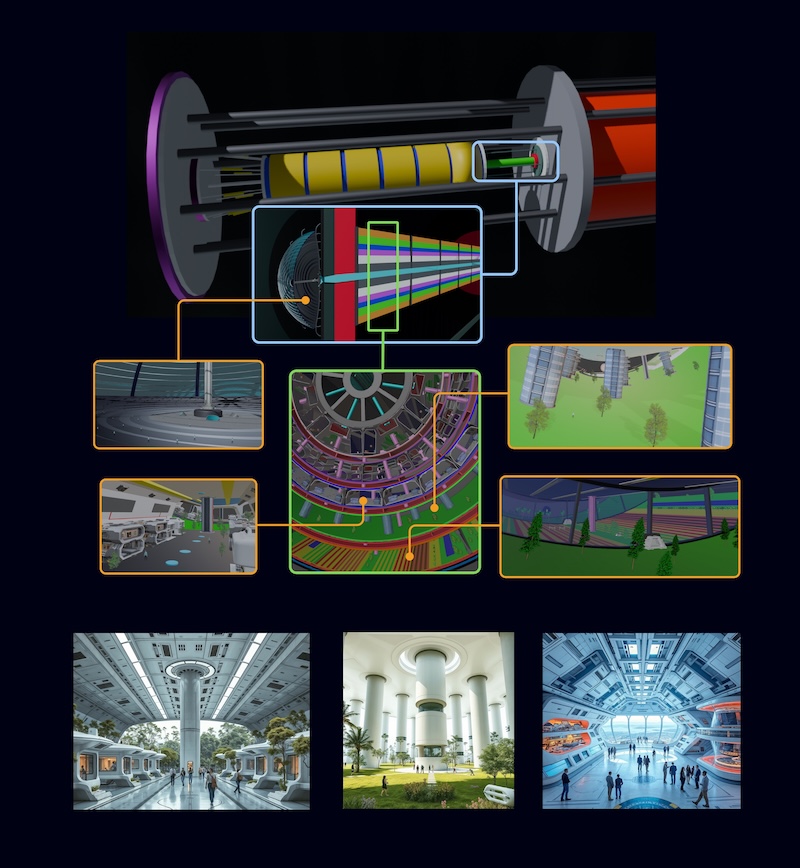
Photo: Giacomo Infelise, Veronica Magli, Guido Sbrogio', Nevenka Martinello and Federica Chiara Serpe
Engineers on the project estimate that the Chrysalis could take as many as 2,400 people aboard the ship to reach a possibly habitable planet.

Photo: SergeiD/Depositphotos
The project is still speculative at the moment, but it may be helpful for scientists actively working on ways to engage in interstellar travel.

Photo: Skatebiker via Wikimedia Commons (CC BY-SA 3.0)
Sources: Project Hyperion Design for Centuries; Team Chrysalis Design Brief
Related Articles:
15 Photos of Earth From Space That Prove Mother Nature Is an Absolute Artist
Mars Simulation Finds the One Personality Type That Wouldn’t Do Well on a Red Planet Colony
Japan Is Making History by Harnessing Solar Power From Space
Futuristic Space Greenhouse Is Designed To Grow Plants for Earth Dwellers























